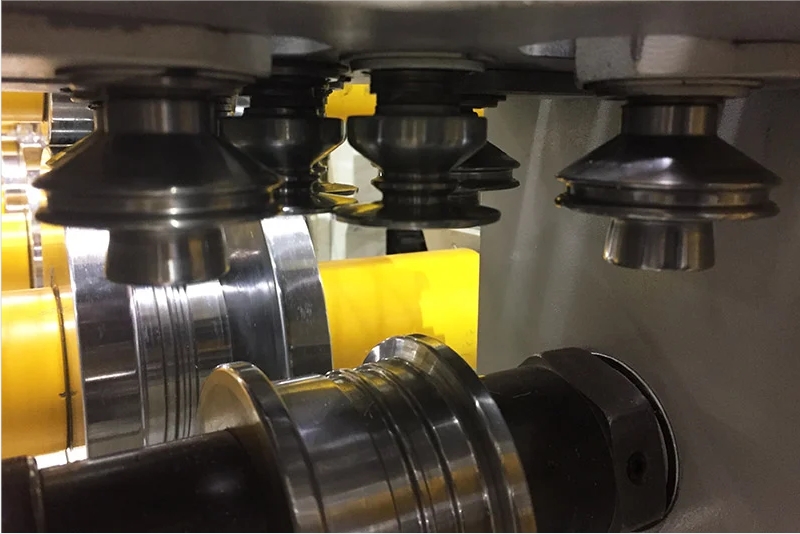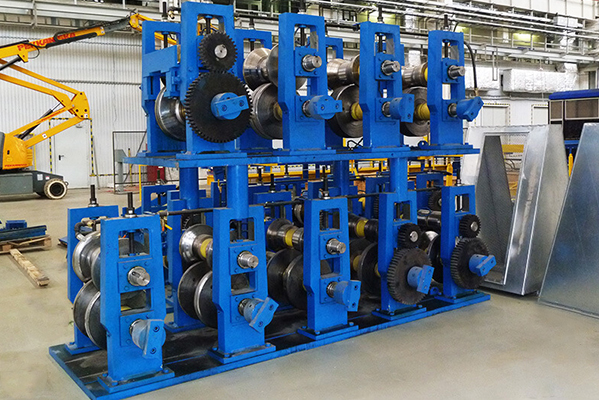Navigation Menu
Contact Us
- Email:
- info@wxavatar.com
- Address:
- Yurong Village, Yuqi Street, Huishan District, Wuxi, China.
Release Date:Apr 18, 2025 Visit:1 Source:Roll Forming Machine Factory
Extrusion and roll forming are two widely used metal shaping processes in manufacturing. While both methods transform raw metal into functional profiles, they employ different techniques suited for specific applications.
Extrusion Process
Extrusion works by pushing heated metal through a shaped die to produce a continuous profile. A hydraulic or mechanical press forces a metal billet through the die opening, creating a uniform cross-section along the entire length. This method is commonly applied to aluminum, copper, and certain steel alloys.

Key Features of Extrusion
Extrusion relies on high pressure to make the metal flow into the die's shape. It is often performed at elevated temperatures, known as hot extrusion, though cold extrusion is possible for softer metals. A major advantage of extrusion is its ability to form complex, seamless profiles with precise dimensions. Typical uses include structural frames, tubing, and detailed architectural components.
Roll Forming Process
Roll forming shapes metal by progressively bending a long strip through a series of rollers. Unlike extrusion, this process does not require heating the metal and instead relies on mechanical deformation at room temperature. The metal strip passes through multiple roller stations, each contributing to the final shape.
Key Features of Roll Forming
Roll forming is a continuous, high-speed process ideal for creating long, uniform parts. Since it uses coiled metal strips, material waste is minimized. The method is well-suited for products requiring consistent cross-sections, such as roofing panels, automotive trim, and storage shelving.
Comparing the Two Processes
Extrusion is better suited for intricate, seamless profiles, while roll forming is more efficient for high-volume production of long, uniform parts. Extrusion often involves higher material costs due to billet preparation, whereas roll forming optimizes material usage with coiled strips. The choice between the two depends on factors such as design complexity, production speed, and material type.

Conclusion
Both extrusion and roll forming are essential in metal fabrication, each offering unique advantages. Extrusion excels in creating detailed, complex shapes, while roll forming is preferred for mass-producing consistent, elongated components. Manufacturers select the appropriate method based on project requirements, ensuring optimal efficiency and quality.